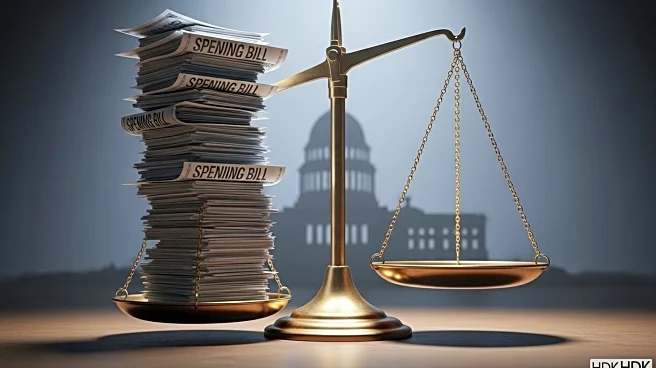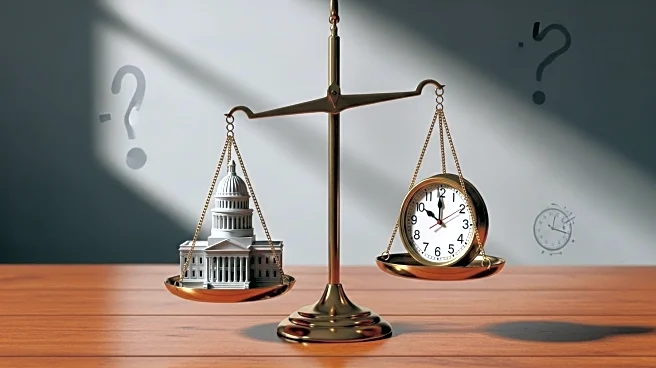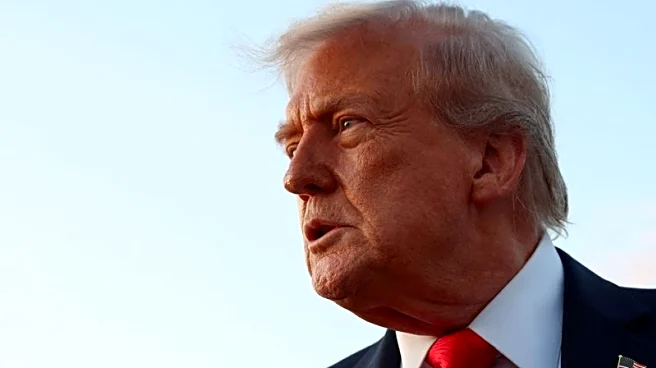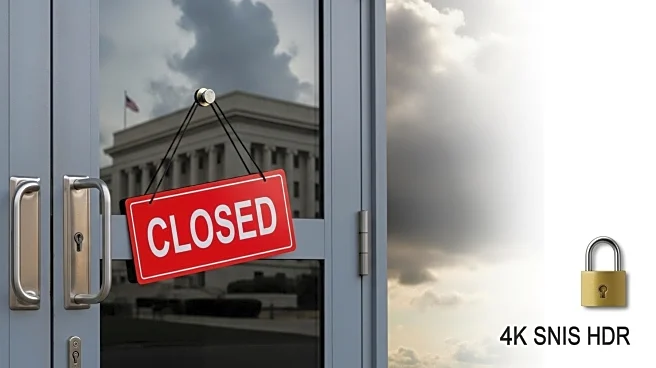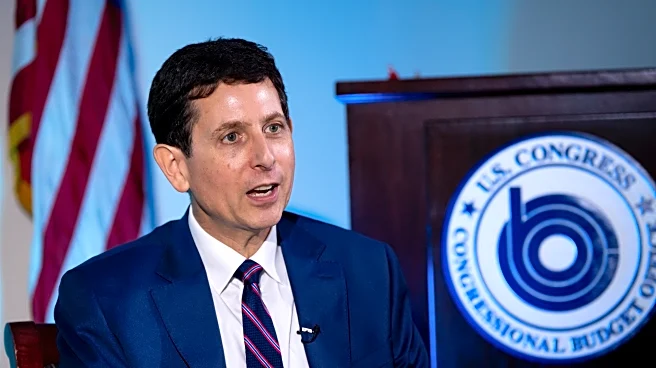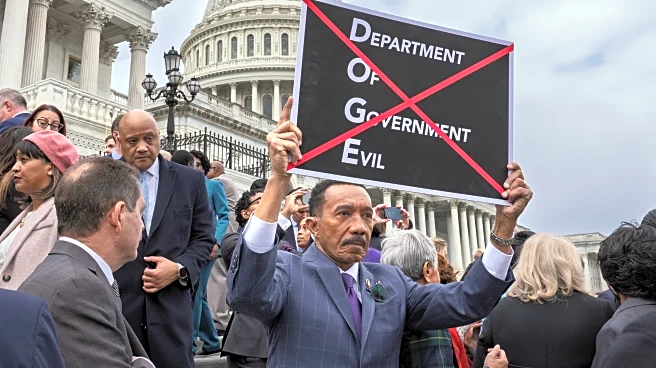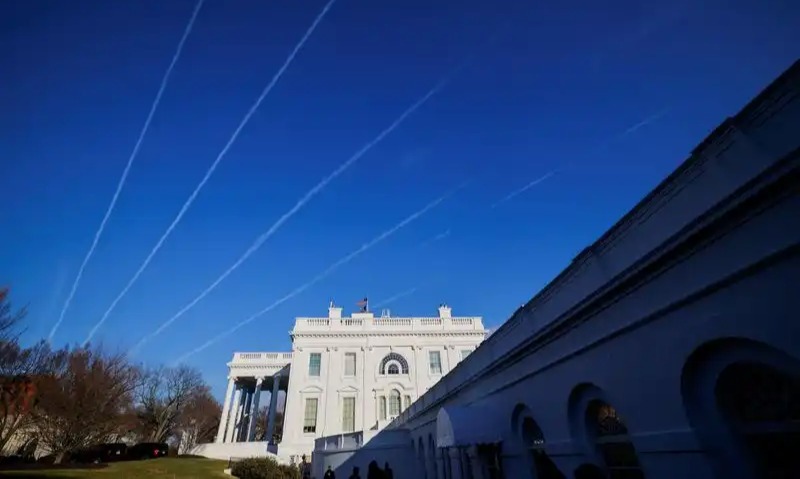What is the story about?
What's Happening?
As the federal fiscal year nears its end, the U.S. government faces the possibility of a shutdown due to a lack of agreement on budget resolutions between Democrats and Republicans. This potential shutdown, set for October 1, 2025, could result in hundreds of thousands of federal employees being furloughed without pay until funding is restored. The situation arises amidst ongoing efforts by the Trump administration to downsize the federal workforce, which has already seen a reduction of over 300,000 jobs. Historical data from past shutdowns, such as the one in October 2013, indicates that these events have long-lasting negative impacts on the federal workforce, including increased employee turnover and decreased efficiency in government operations.
Why It's Important?
The potential government shutdown holds significant implications for the U.S. economy and public services. Federal employees play crucial roles in managing national programs like Medicare and Social Security, as well as maintaining national parks and ensuring air travel safety. A shutdown could disrupt these services, affecting millions of Americans. Moreover, the morale and retention of federal employees are at risk, as past shutdowns have shown a tendency to drive skilled workers away from government jobs. This could lead to increased reliance on costly temporary staffing solutions and a decline in government performance, ultimately resulting in financial losses for taxpayers.
What's Next?
If the shutdown occurs, federal agencies will need to navigate the challenges of operating with reduced staff and resources. The government will likely face pressure to resolve the budget impasse quickly to minimize disruptions. In the longer term, there may be calls for reforms to prevent future shutdowns and to stabilize the federal workforce. Stakeholders, including political leaders and public sector unions, may advocate for measures to protect employee morale and ensure the continuity of essential services.
Beyond the Headlines
The recurring threat of government shutdowns highlights deeper issues within the U.S. political system, such as polarization and the reliance on short-term funding solutions. These shutdowns not only affect immediate government operations but also have broader implications for public trust in government institutions. The ongoing cycle of budgetary brinkmanship may necessitate a reevaluation of how the federal government approaches fiscal planning and workforce management.
AI Generated Content
Do you find this article useful?




